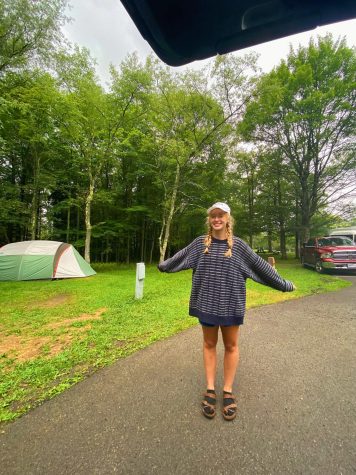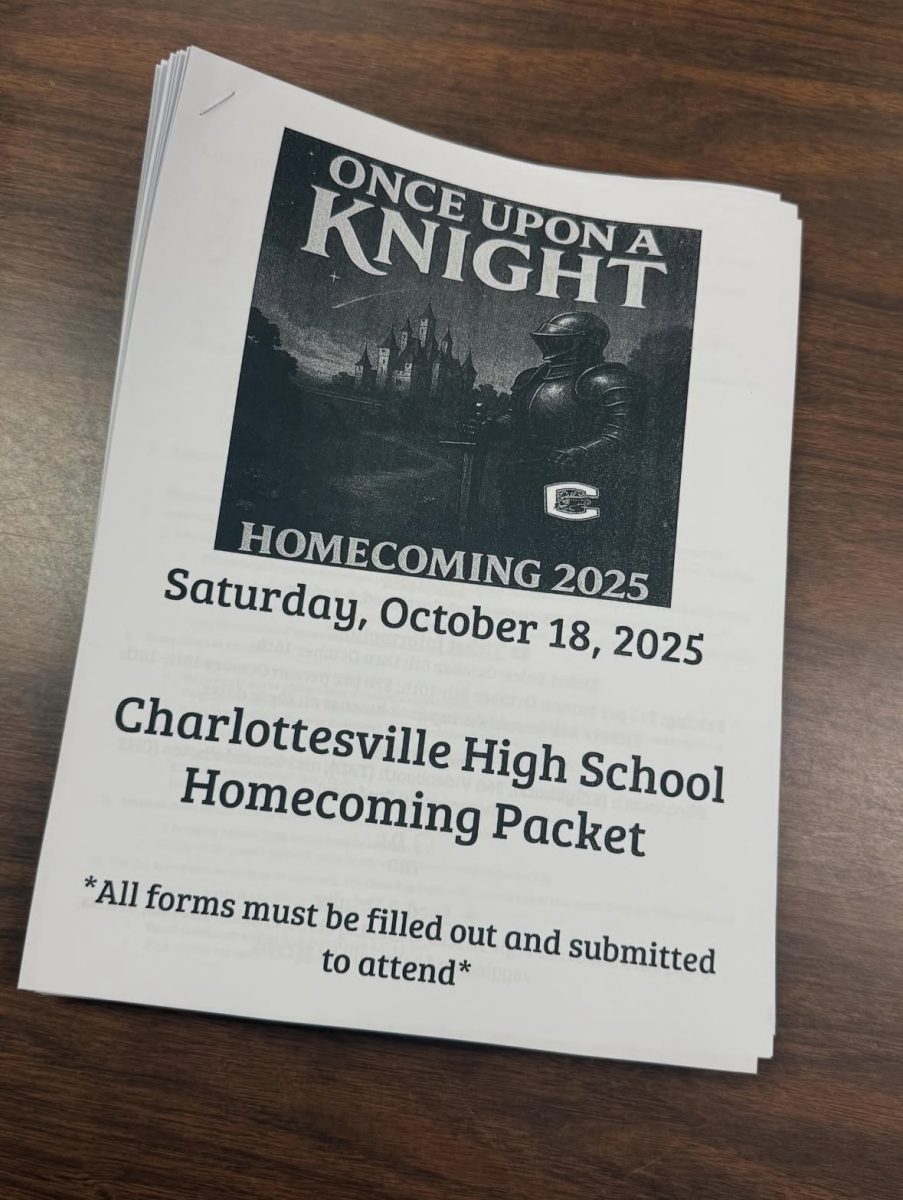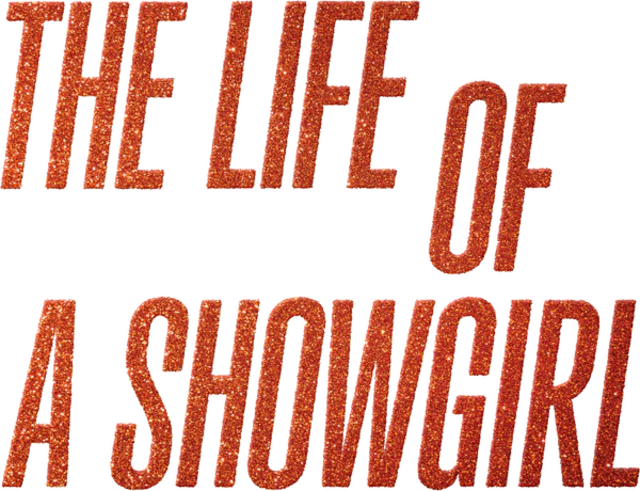The Impact of Living in a College Town
October 13, 2022
The University of Virginia is a central aspect of the Charlottesville community, spanning 2.8 square miles and hosting almost 22,000 students on and off grounds. Having been founded in 1819, its extensive history plays a large role in the socioeconomic demographics of the city, Charlottesville High School, and the surrounding area. Over time, developments such as the gentrification of neighborhoods and the expansion of the university, have proven to widen existing disparities in the community and heavily impact residents of Charlottesville, near and far from the university. What responses have these impacts generated from CHS students and how is proximity to the university a factor? Should the university allocate more resources and opportunities toward CHS? There is an array of opinions from CHS and UVA students in regard to these topics in question.
In 1965, the city of Charlottesville initiated an urban renewal plan, which put into place the redeveloping and razing of Vinegar Hill, a predominantly black neighborhood and business district for commercial development. As a result, more than 600 black families were displaced and 30 black-owned businesses were shut down. While the project failed to fulfill its intended purpose, the student population of UVA continued to grow, along with its physical footprint on the city. As the college town became increasingly popular, high-income earners and retired people were a growing social class by the 1980s. In later decades, the number of graduate and undergraduate students moving off campus to private rental properties increased, which lessened the availability of affordable residential housing and ultimately led to a decline in the population of the working class in Charlottesville. While affordable housing became an extension of the University, the price of living in the city gradually rose. According to UVAToday, in neighborhoods surrounding UVA, like 10th and Page neighborhoods, the population of black residents declined between 2010-2017, while the median rent and home value increased significantly. While this development may increase home values, it is detrimental to lower-income residents.
These seemingly dated developments of a college town have lasting results, especially for CHS students living in low-income neighborhoods. It is evident that UVA already has a large influence on the culture of Charlottesville in the form of college sports games, the traffic circulating through seasons, the return of students, and overall large developments within the school that create change in the community. Respondents to an anonymous survey expressed that UVA does have influence in the Charlottesville community, one person saying, “Many of the kids and family who live in Charlottesville are here because someone works at UVA,” highlighting an advantage that a large number of students in Charlottesville hold. One respondent mentioned commercial activity, voicing, “the amount of students that are present affects what happens around town and what type of business succeed or don’t.” Another said, “College student housing is often prioritized over affordable housing for low-income communities,” reiterating the impact of the gentrification that is failing many families in the city. One respondent brings to light another point: “… the brutal history behind it has led to a lot of the political tension in the city,” adding, “it definitely contributed [to] Charlottesville’s historic importance and symbolism.”
When asked if the University should have greater involvement in CHS, most students agreed that the abundance of resources within UVA could be expanded to CHS students. In one response, a student points out the disparity that exists within CHS, asserting that, “CHS has very limited resources that aren’t applicable to every CHS student, so by opening up with UVA we would be able to share some of the resources that UVA has the opportunity to have…” Another respondent offers a solution, saying UVA could, “Provide more work-based learning opportunities for students,” especially students without direct connections to UVA through parents or siblings. They then add, “We need to have a pipeline of work-based learning opportunities available for students so that they can have a realistic view of the job market when they graduate.” In an interview with an alumna of CHS and UVA, the respondent mentions having a large connection to the university while in high school, which was cultivated by their close proximity to grounds: “I grew up in UVA which is why I was so impacted by it and always around…” While a student at UVA, they participated in the “Young Women Leaders Program where [they] mentored students at Jackson P. Burley Middle School.” They then add, “…I would love to see more programs at CHS because UVA is such a great resource…I had a lot of questions as a high schooler about life after graduation and I think if I were to have had more contact with current UVA students, they would have been able to help guide me a little.”






